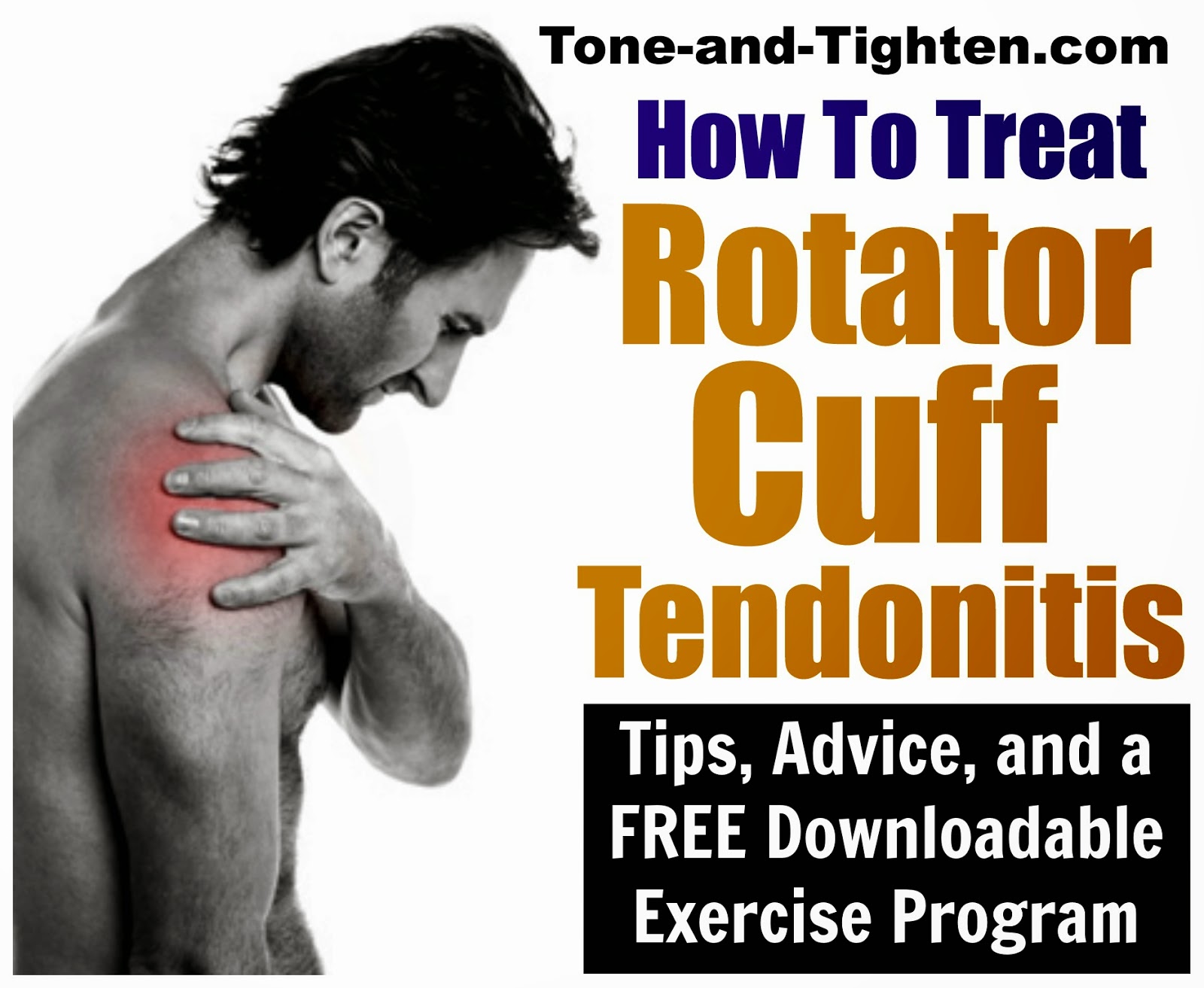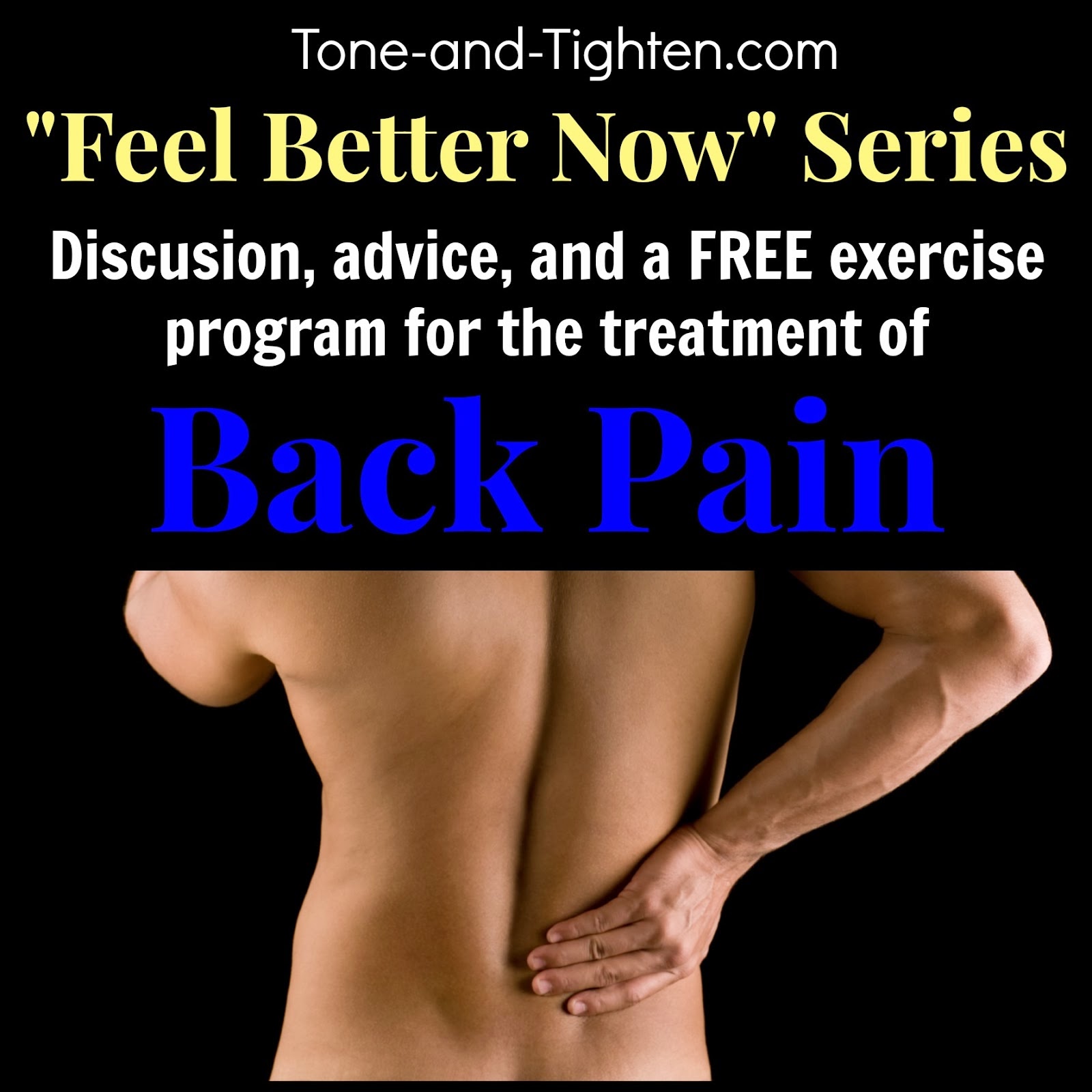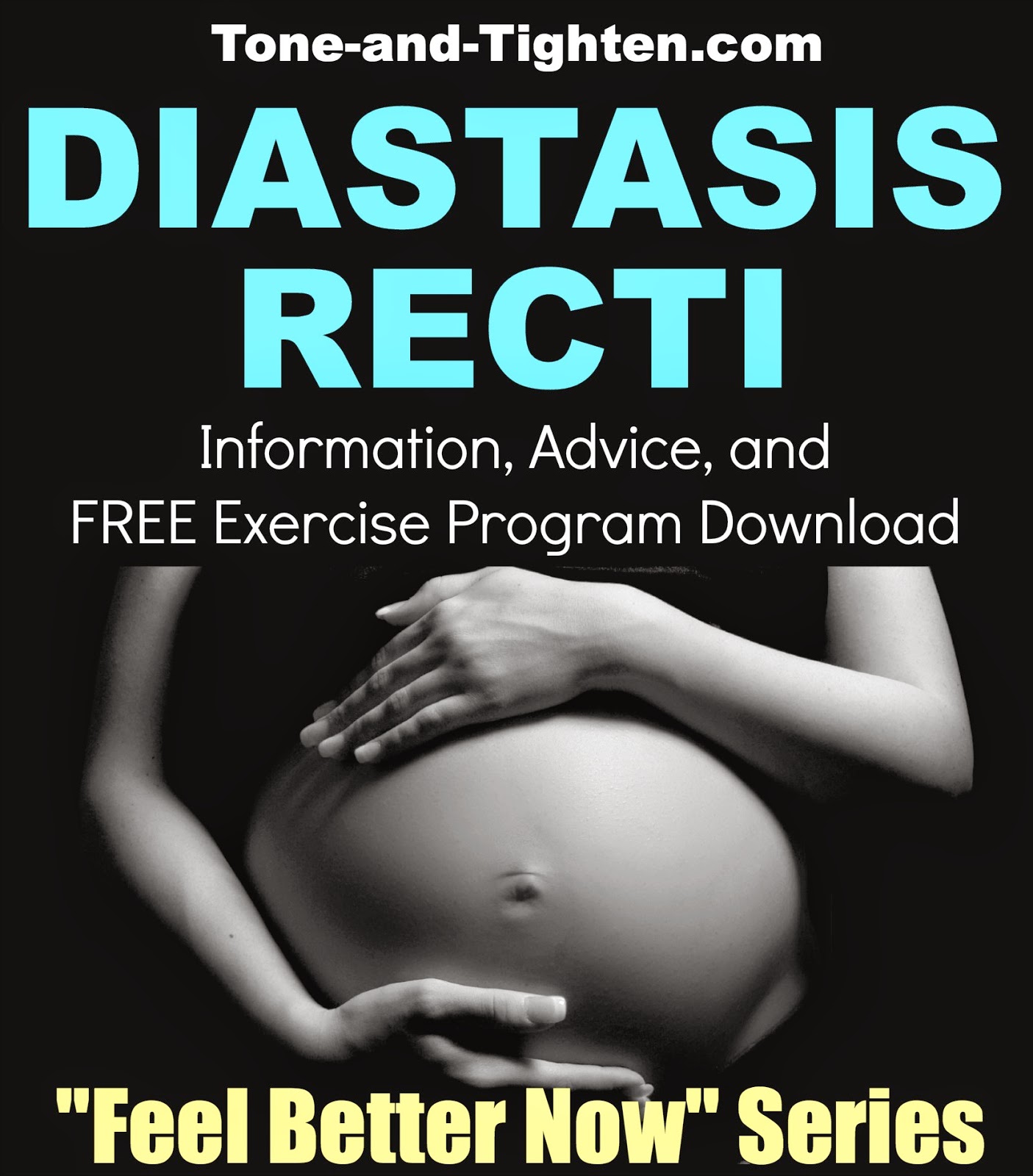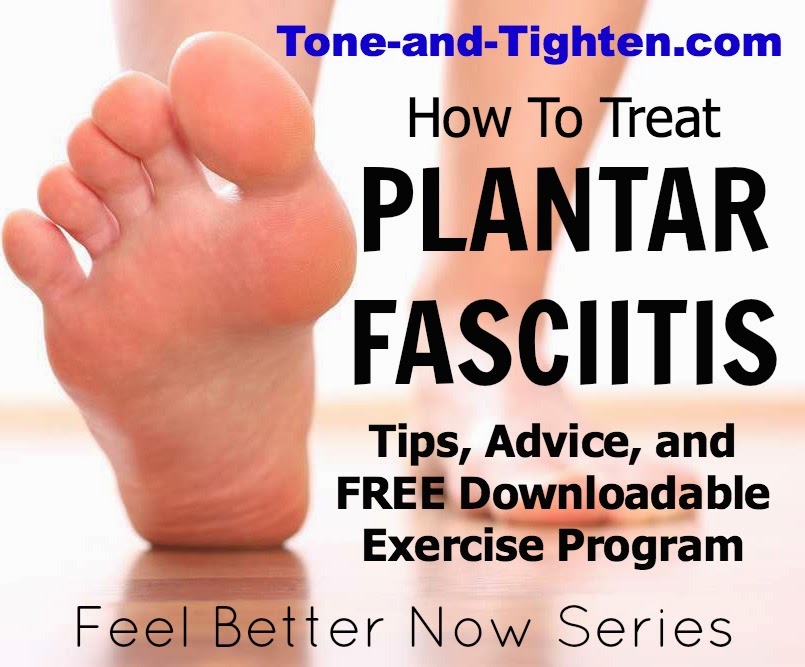Keep reading for the tips.
===========================
Eliminate guesswork and confusion and start seeing results.
Subscribe to Tone-and-Tighten.com and get our FREE “7-Day Workout and Healthy Menu Plan” delivered daily right to your inbox. CLICK HERE to get it.
===========================
We have all been there before. If you enjoy any sort of a healthy lifestyle at all, chances are that at one point or another you have experienced shoulder pain.
Be it lifting, throwing, exercising, or even just reaching over your head, shoulder pain is one of the most common complaints that I see in my physical therapy clinic.
This month’s “Feel Better Now” series is dedicated to helping you out with the most common shoulder pathology that I deal with on a daily basis – rotator cuff tendonitis. We’ll talk about what it is, why it’s there, and the best way that you can take care of it at home.
Keep reading for a FREE downloadable home exercise program!
Rotator Cuff Tendonitis, What is it?: Your rotator cuff is actually four muscles in your shoulder. The tendons for these muscles come together and form a common “cuff” that wraps around the head of your
humerus and keeps it tight in the shoulder socket. While the primary motion of these muscles is internal and external rotation (like in throwing, arm wrestling, and tucking your shirt in in the back) the primary responsibility of these muscles is to control the movement of the humerus (arm bone) on the shoulder blade. When things are firing 100% normal you have a healthy, pain-free shoulder. When the mechanics of the shoulder are off a little bit (most of the time due to either a range of motion deficit or muscle insufficiency) this can result in a microtrauma to these tendons as they’re being used. Repeat this for long enough (i.e. repetitive movements or even just daily wear-and-tear) and you can develop inflammation in this area. As I’ve mentioned previously, anytime you hear the suffix “-itis” on the end of a word it’s indicative of inflammation… “tendonitis” is therefore an inflamed tendon.
Rotator cuff weakness: In my opinion this is probably the #1 cause of shoulder pain; especially in the world of health and fitness. It’s been my experience that lots of us spend a lot of
time on the “look good, feel good” muscles and exercises including bench press, military press, deltoid raises, etc. However most of us neglect the very most important muscle in the whole shoulder complex – the rotator cuff. If these muscles aren’t strong enough to support your shoulder through these motions and stresses are placed on areas that are too weak then you will develop pain in these areas. Rotator cuff weakness is (in my opinion) the most likely cause of your shoulder pain.

Be sure to not miss another post!
Follow Tone and Tighten on Instagram | Facebook| Pinterest | YouTube
Have you checked out my YouTube channel for more tips and workouts?
Interested in more awesome workouts?
No More Jiggle Arm Workout (only 10 minutes!)
Complete Abs Workout At Home; 4 Tips To Take Your Core Results Further
Thoracic Spine Pain | Upper Back Exercises
By Jared Beckstrand
from Tone and Tighten https://ift.tt/2LGCEl2








Comments
Post a Comment